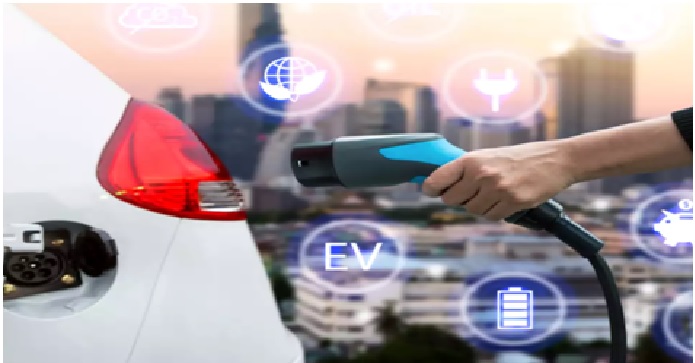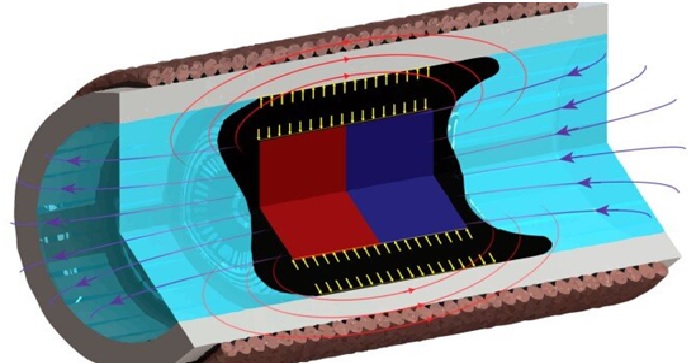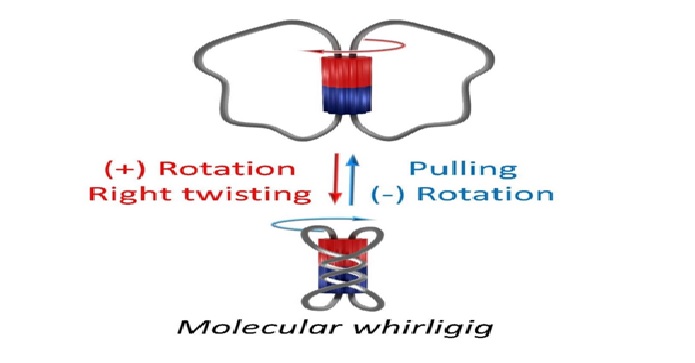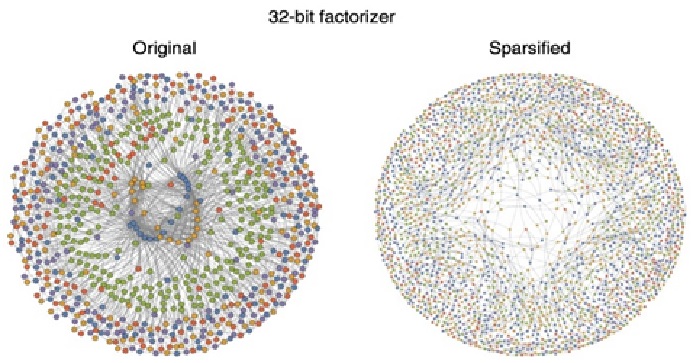Technologies used in Software-Defined Vehicles (SDV)
The concept of a software defined vehicle (SDV) became well known with the introduction of Tesla in 2012. The SDV concept is a vehicle where features and functions are primarily enabled through software. It reflects the gradual transformation of automobiles from highly electromechanical terminals to intelligent, expandable, mobile electronic terminals that can be continuously upgraded. This technology represents a departure from traditional development for auto manufacturers but one that is necessary to stay competitive as software becomes a bigger part of automobiles. [1]
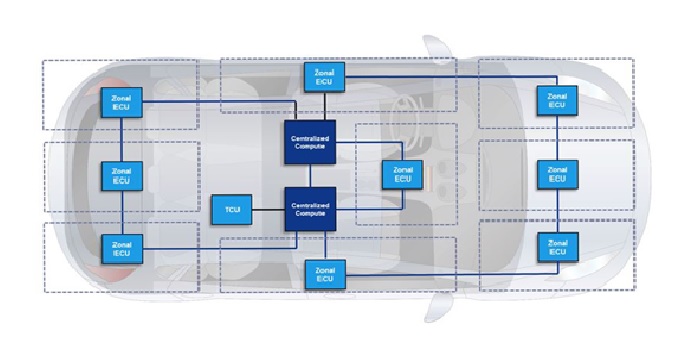
Figure 1. Technologies used in Software-Defined Vehicles (SDV)
Figure 1 shows in the future, new features can be activated individually according to the driver’s needs. Examples include temporary services, features, or apps. Software updates therefore allow for contract and pricing models in which new features are provided as a service. As a subscription or for individual purchase.
The vehicle can communicate with its environment, collect data in real operation, and send it to the cloud. Using this data, features and services can be continually enhanced and re-uploaded to the vehicle using over-the-air updates.
Trends such as e-mobility, automated driving, and mobility services are made possible in particular by software. Just like with a smartphone, drivers expect new features to be continuously available for their vehicles. [2]
ADAS (Advanced Driver Assistance Systems)
Over the years, various technologies have evolved to ensure vehicle safety. Advanced Driver Assistance Systems (ADAS) is the most prominent and recent among such technologies. ADAS automates, facilitates, and enhances vehicle systems to help drivers for a safe and enhanced driving experience. ADAS Technology is based on software-controlled automotive IoT Solutions that help drivers avoid on-road collisions by generating alerts on potential hazards while driving and allowing the drivers to take timely control of the vehicle.
Battery Advancements
Besides software, SDVs highly rely on hardware components such as sensors and other components. Increasing needs and functionalities lead to more software interactions with these entities. These devices in SDV demand more continuous power input than conventional cars. Electric and hybrid vehicles use lithium-ion batteries because of their higher energy density and recharging capabilities. EV frontrunner – Tesla has been heavily investing in this battery technology. Recently Stanford researchers made prime development in Lithium-Ion Batteries.
Axial-flux Motors
Axial Flux Motors is an emerging motor technology that has gathered momentum in recent years. While most of the Software-Defined EV market uses a form of radial flux motor, the usage of axial flux motors is gradually increasing with several benefits. Axial flux motors are known for their higher torque, power density, and efficient cooling. Its form factor is ideal for integration in various scenarios, from cars to aircraft. Demand for axial flux motors is expected to have a massive rise in the next ten years, all props to its benefits. [3]
References:
- https://www.wipro.com/blogs/sayon-sur/software-defined-vehicles-how-to-accelerate-the-future-of-automotive/
- https://www.bosch-mobility-solutions.com/en/mobility-topics/software-defined-vehicle/
- https://www.srmtech.com/knowledge-base/blogs/technologies-used-in-software-defined-vehicles-sdv/
Cite this article:
Thanusri swetha J (2022), Technologies used in Software-Defined Vehicles (SDV), AnaTechMaz, pp.229


